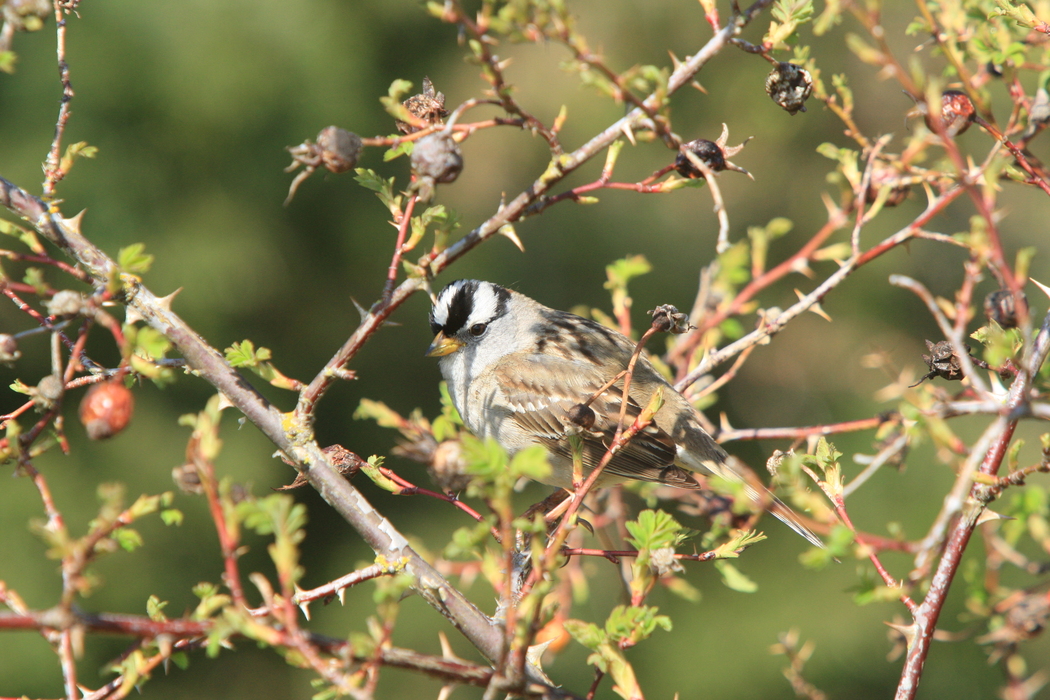The following is a letter in Charles’ files. It is not clear whether it was actually published. Charles was good friends with the internationally recognized artist, Sybil Andrews and did some restoration work for her.
Sybil Andrews Cottage A matter of dollars
And cents
Sybil Andrews, described as “A Giant Among Us”, an internationally recognized artist, a teacher greatly beloved by her many pupils in the Campbell River area and beyond, an artist represented in the world’s galleries…her worth or at least the worth of her studio-cottage is under the scrutiny of our city councilors. Is her famous studio worth restoring and saving, or should it go onto the waste heap and be replaced by a slick gazebo. Does the value of a human life and work and workplace come down to mere dollars and cents?
A lot of things in the natural world are going onto the waste heap these days. Perhaps that is why we can consider the future of this famous cottage so cavalierly? In the natural world we trash things with ease. This seems to be part of our consumer culture. We look at the earth simply as a collection of objects, seen primarily for human use, a commodity to be bought and sold, not a sacred reality to be venerated, or as a sacred presence primarily to be communed with in wonder and beauty and intimacy. Does this attitude carry over in our decision for the future of the Sybil cottage?
Our reigning cosmology in our consumer society is not framed by recent awe-inspiring discoveries of the unfolding of the universe which indicates that the universe is a communion of subjects to be communed with, but rather it is framed by our attitude that the natural world is a collection of objects to be bought and sold, mostly for our own financial gain,
The ideal of the consumer society is to take the greatest possible amount of our natural resources, put them through the consumer economy as quickly as possible, then on to the waste heap – even though the immense accumulation of junk is overwhelming the landscape, saturating the skies, and filling the oceans. This we consider progress.
And because we are reducing the earth merely to something for human use in terms of dollars and cents, we stand to lose enormously: consider the loss of our wild salmon that is taking place; the threat and possible destruction of the Great Bear Rainforest with its pristine forests and streams and wildlife; the depletion of the small Oyster River Watershed where a logging company is taking out 60 truckloads of timber a day, 7 days a week, month after month; or the unmatched beauty of Haida-Gwaii threatened by offshore oil drilling; and the Tsolum River decimated by copper by an unregulated mining company. And on it goes.
We live in a society that does such things. We are so accustomed to trashing the earth that it is a simple step to trash Sybil’s atelier -when it would be so simple to move it a few yards closer to the bay and restore it. But that is how we deal with our prophets.
We have to make a transition from a society that is having a disruptive influence on the earth to a society that will have a benign presence to the earth, experiencing the earth as a community of subjects rather than a collection of objects. We do this by experiencing the earth with a sense of wonder and delight and as a sacred place. Only the sacred will save us. An absence of a sense of the sacred is the basic flaw in many of our efforts at ecologically or environmentally adjusting our human presence to the natural world, and to our cultural world of art and literature. “We will not save what we do not love.” It is also true that we will neither love nor save what we do not experience as sacred.
Aldo Leopold, the father of North American ecology, stated that a thing is right when it tends to preserve the integrity, stability and beauty of the biotic community. Otherwise, it is wrong. Surely we want to preserve the beauty of the Sybil cottage, maintaining its integrity and beauty.
Father Charles A.E. Brandt
Oyster River
